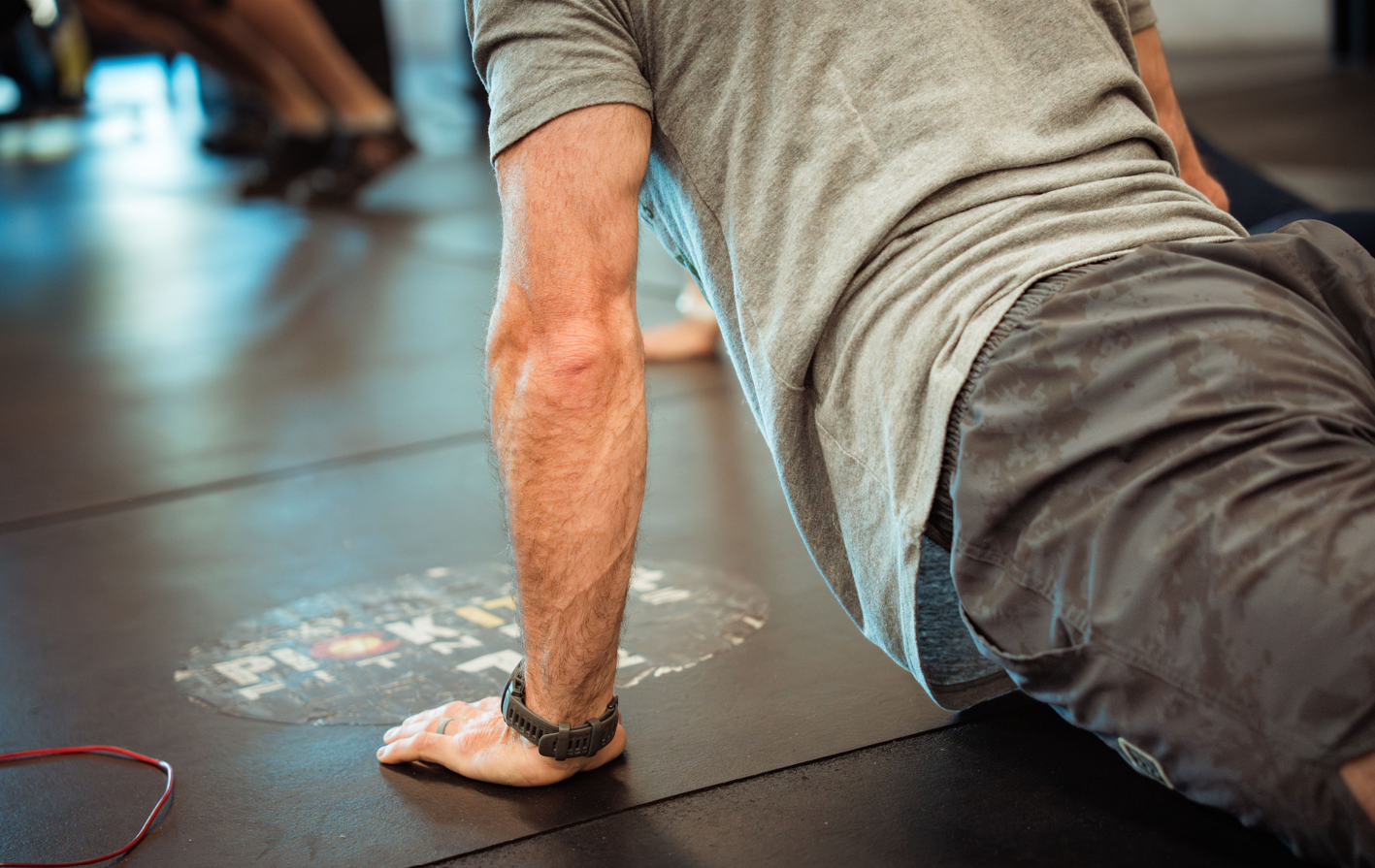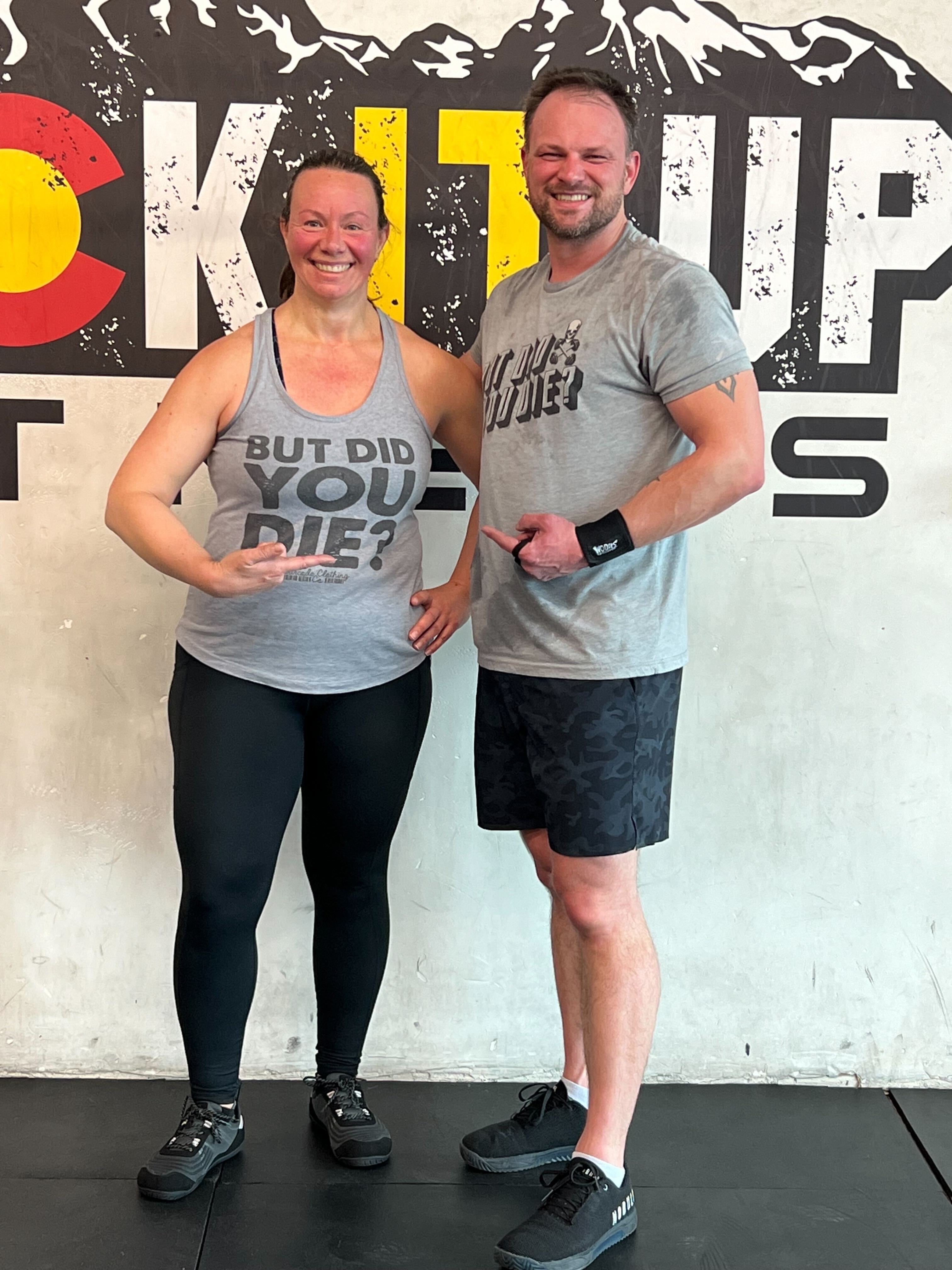How to Engage the Right Muscles in CrossFit Training (and Why It Matters)
CrossFit is known for intensity, efficiency, and constantly varied movements. But if you’re blasting through WODs without feeling the right muscles doing the work, you could be leaving gains—and longevity—on the table.
Whether you’re going for a PR clean, knocking out toes-to-bar, or hitting a set of wall balls, being able to intentionally recruit the right muscles is key for performance, injury prevention, and movement efficiency.
Here’s how to dial into the right muscles in a CrossFit setting, where speed, power, and mechanics all matter.
1. Don’t Confuse Speed with Sloppiness
CrossFit thrives on intensity and time-based workouts, but moving fast doesn’t mean moving blindly. If your deadlifts are all back and no hamstrings, or you only feel your shoulders in a kip, it’s time to slow down and assess.
What to do:
- In warm-ups or strength pieces, intentionally move slower.
- Feel each phase of the lift, especially on squats, presses, and Olympic lifts.
2. Use Your Warm-Up to Fire the Right Muscles
Pre-WOD warm-ups shouldn’t just elevate your heart rate—they should prime the right muscles. If you struggle to feel your glutes in squats or your lats in pull-ups, add a few activation sets beforehand.
Examples:
- Mini-band glute walks before box jumps or squats.
- Scap pull-ups or banded lat rows before pull-ups or muscle-ups.
This builds a neural “bridge” between your brain and muscles before intensity kicks in.
3. Focus on Mechanics in Your Strength Work
Your EMOMs and lifting sessions are perfect for locking in mind-muscle connection. Unlike a metcon, strength work gives you time to focus on movement quality.
During squats: Push the floor apart to engage glutes and stay upright.
During presses: Root your feet and squeeze your glutes—make it a full-body lift.
During Olympic lifts: Use the lats to keep the bar close. Think “bend the bar” or “armpits forward.”
These cues translate directly to better bar path, stability, and explosiveness.
4. Break Down Complex Movements
Struggling to feel the right muscles in kipping pull-ups or snatches? Break the movement down.
Example: Pull-Ups
- Isolate scap pulls to feel the lats.
- Pause at the top of strict pull-ups to build control.
- Transition to kip swings only after you feel your lats engaging first.
Muscle awareness in the foundational pieces makes the high-skill versions more efficient—and safer.
5. Video Your Movement During Skill Work
Seeing yourself move reveals what you’re feeling—or not feeling. Are your glutes firing in your cleans? Are your shoulders taking over your push press?
Film a few reps and look at:
- Joint angles
- Bar path
- Tempo and timing
Compare to what you felt. Do they match? If not, there’s your gap.
6. In Metcons, Be Intentional Early
You might not be able to think about every rep in the middle of a 15-minute AMRAP—but you can dial in technique for the first 1-2 rounds. That sets a strong pattern that carries you through fatigue.
Start each WOD with perfect reps.
That’s where the training sticks.
7. Develop Muscle Awareness Outside the Gym
Mind-muscle connection isn’t just built during workouts—it’s built through consistent practice and attention.
Try this:
- Daily movement work like glute bridges, band pull-aparts, or hollow holds done slowly.
- Breath work and positional holds to feel deep muscle engagement.
- Focused recovery work—like foam rolling your lats before overhead work—to reduce compensations.
Final Word: Movement Quality > Just Moving
CrossFit pushes your limits. That’s what makes it powerful. But pushing without control leads to plateaus, burnout, and injury. Learning how to engage the right muscles—on every lift, every pull, every jump—makes you a better athlete for the long haul.
So next time you’re in class, don’t just go through the motions. Go through them with intention. That’s how you build skill, resilience, and real strength.
Try This:
Pick one movement this week (wall balls, deadlifts, strict press—your choice). Ask yourself mid-set: “Am I using the muscle that should be doing the work?”
If not, rewind and re-engage. Your future PRs will thank you.







